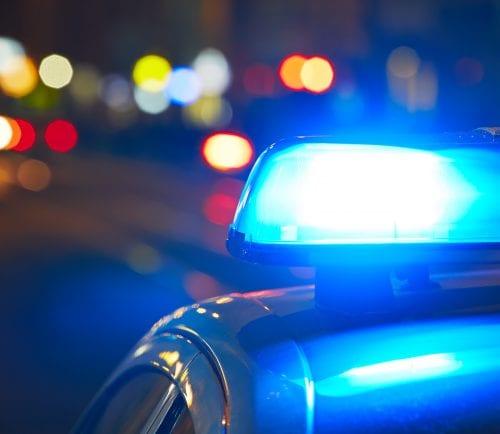Salem— New evidence in the trial of Marcus Carlisle of Lynn and Tyrell Berberena of Everett suggests that two firearms were likely used in the July 4, 2020 shooting that killed Lynner Noe Hernandez and injured four others.
Carlisle and Berberena, the Commonwealth alleges, rode in a white rental pickup truck with two others — Josue Cespedes and Elijah Fontes-Wilson — to a cookout on 134 Fayette St. in Lynn, before they fired 20 rounds into the crowd.
The Commonwealth alleges the four men are members of the Tiny Rascals Gang, and executed the drive-by in retaliation against partygoers that they believed to be members of rival gang Los Trinitarios.
Earlier in the trial, responding officers testified that they discovered the pickup truck parked at the end of Union Place July 5, after responding to a blocked driveway report.
Upon arrival, police noticed shell casings in the truck’s bed and ballistic damage to the truck’s front passenger side view mirror.
Massachusetts State Trooper David Cahill, who works as a commander of the state police’s firearm identification section, testified that he believed 14 .40 caliber shell casings recovered near 134 Fayette Street were ejected from a different firearm than that of five .40 caliber shells found in the truck’s bed.
After prosecutor Susan Dolhun called Cahill to the witness stand, he explained how a semi-automatic gun operates, noting that different firearms can leave unique marks on shells upon firing.
“The weapon was discharged when the trigger was pulled, and the firing pin came down and struck the primer. The firing pin leaves an indentation on the primer,” Cahill said. “During the manufacturing process of these weapons, certain marks are left behind that can be identified and are individualized to that particular weapon.”
Cahill explained that modern firearm barrels contain a series of grooves known as rifling that put the projectile in a spin, allowing it to travel further and more accurately. He said that these grooves often leave unique friction marks on a bullet.
Dolhun presented a series of photos, each one depicting a zoomed-in side-by-side comparison of two shell casings found at the scene. Cahill explained each comparison, noting whether or not the marks resembled one another.
Dolhun asked Cahill if he could draw any conclusions to “a reasonable degree of ballistic science certainty” about the firearm or firearms that ejected the 14 shells found at Fayette Street in relation to the shell casings recovered from the truck’s bed.
“They’re two different weapons,” Cahill replied. “Although they’re the same caliber, they have different firing pin impressions.”
When Dolhun asked Cahill whether, after a microscopic review of the evidence, he believed that six of the shells recovered were discharged from one gun, and the other 14 were discharged from another gun.
He responded that he believed they were discharged from different guns.
The trial will continue at 9 a.m. Friday at Salem Superior Court.

